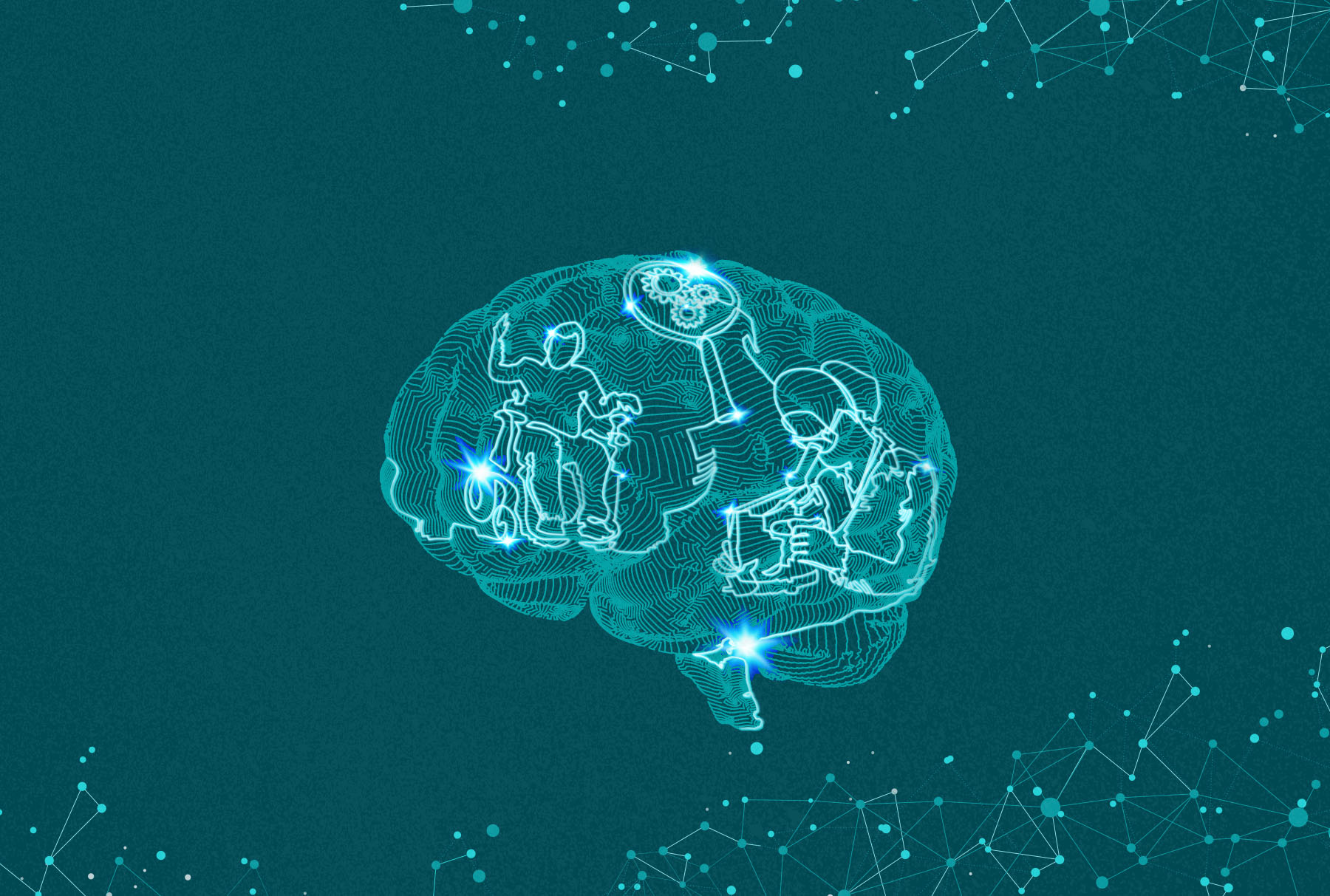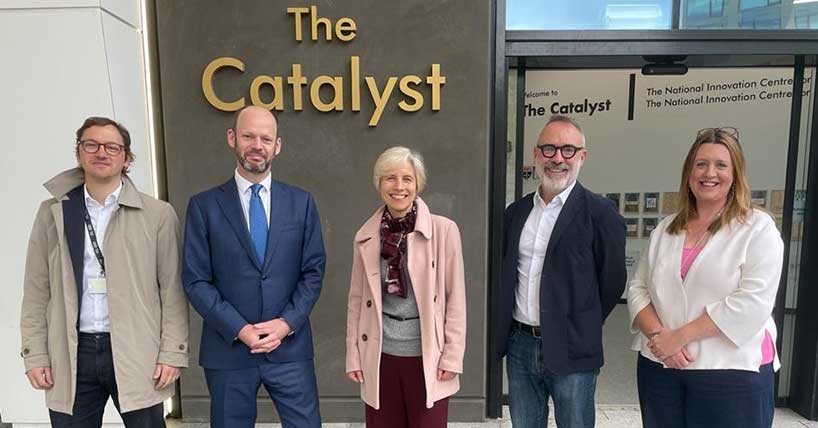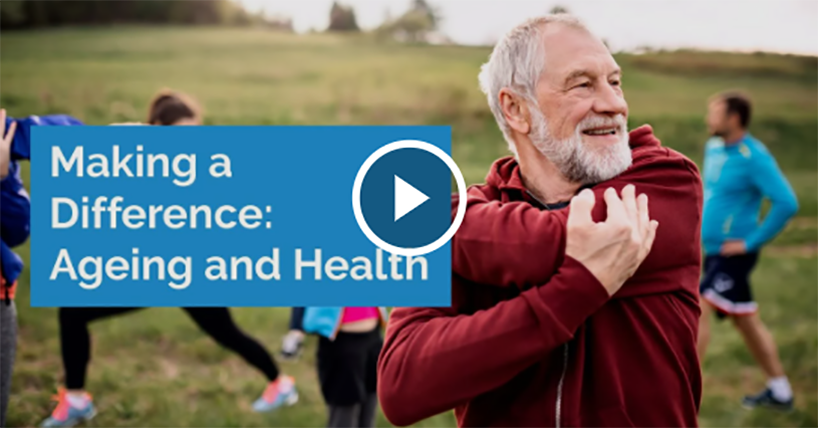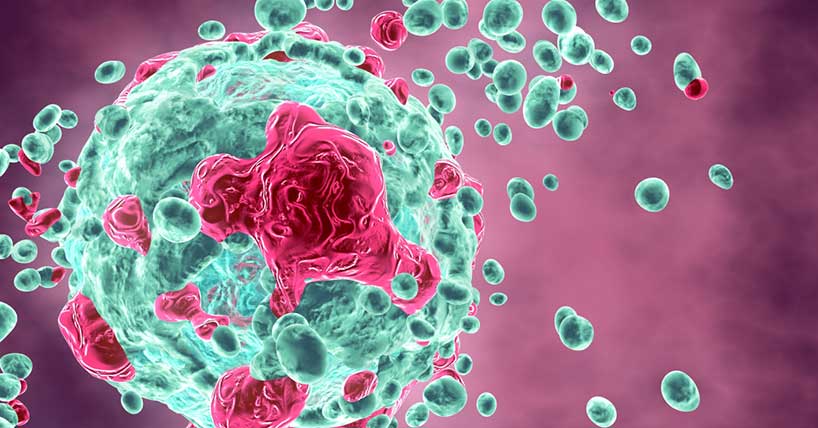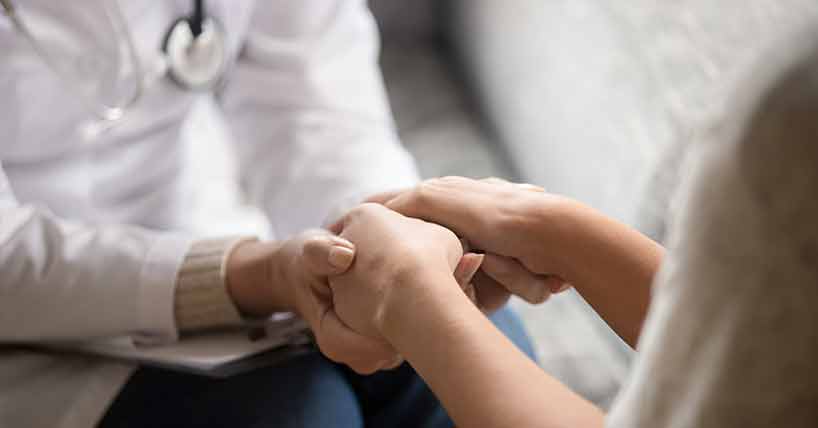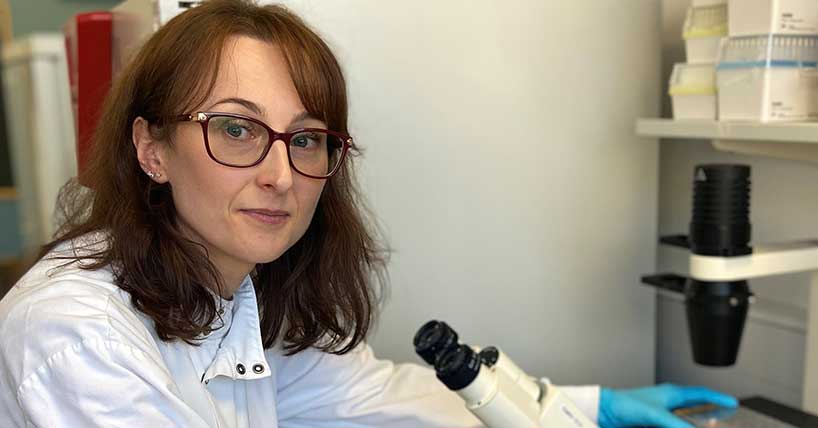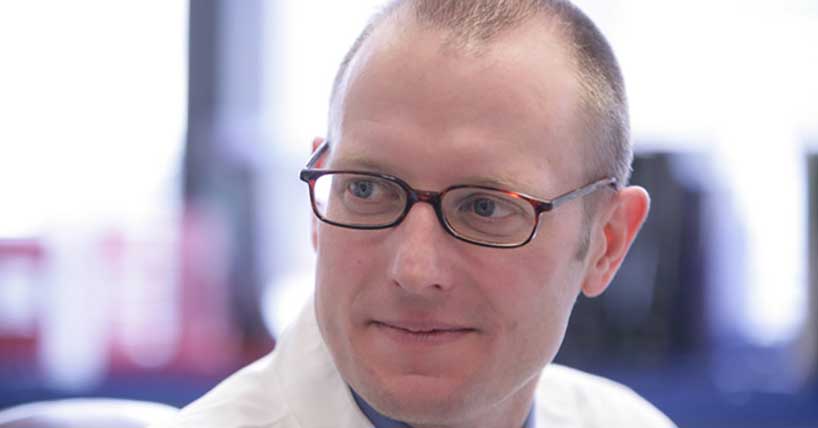Ageing and Health
Cluster Group
We see new perspectives on ageing and health.
Living better for longer
We all hope to live long, healthy, and happy lives. For much of the population this isn’t the case. Health, environment, and societal challenges can shorten or reduce quality of life.
One in two of us born after 1960 will be diagnosed with some form of cancer during our lifetime.
3.5 million people in the UK will be affected by a rare disease. 75% of rare diseases affect children. More than 30% of children with a rare disease die before their fifth birthday.
Multi-morbidity increasing
As we live longer, multi-morbidity is becoming increasingly common. There are enormous impacts upon the:
- individual patient
- patients' families
- health and social care system
Disability-free life expectancy varies across the UK. This reflects major health inequalities in our country. Solutions for healthy ageing are often under-funded and under-prioritised.
It’s time this all changed... and this is where you come in
We need to transform our understanding of rare diseases, cancers, multi-morbidity and ageing.
We need to find ways to improve health and wellbeing. We want to reduce inequalities throughout the life course. This will require a multidisciplinary approach, drawing upon areas such as:
- data science
- artificial intelligence and machine learning
- software engineering
We need to take new approaches to tackle spatial and regional inequalities.
We're asking questions. Can you answer them?
We’re asking questions such as:
- How should we intervene to improve life chances of people in disadvantaged communities? There’s a gap in healthy life expectancy between England’s most- and least-deprived areas of almost 20 years.
- What does everyday life look like for the increasing numbers of people aged 90 and over?
- How can we improve the diagnosis and treatment of people with a rare disease? How can we remove biases in healthcare related to location, diversity and access?
- How can we create intelligent learning healthcare systems to translate interventional changes/observations? How can we do this at a population level to better inform discovery science?
We’re recruiting to these opportunity areas*:
|
|
|---|
* These are broadly conceived areas.
